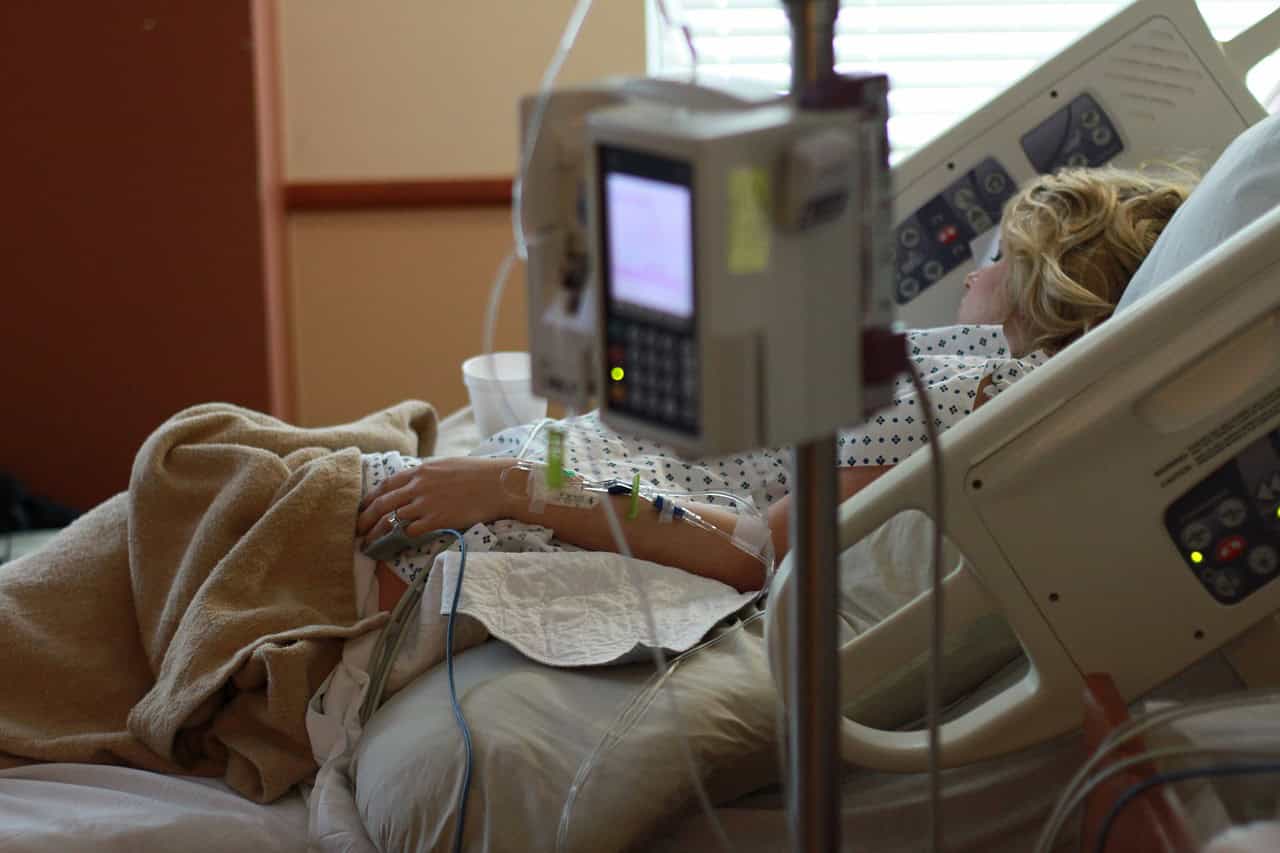
The number of people with dementia will increase dramatically in the coming years. Currently, 280,000 people suffer from Alzheimer’s disease (70 % of dementia patients), vascular dementia (16 %) or a similar condition just in The Netherlands. This number will rise to 620,000 by 2050. By that time, 131.5 million people worldwide will be suffering from dementia. The disease is incurable. Yet the way in which the disease progresses varies from one person to another. One person might live for many more years. But for another patient, the disease could progress aggressively and also lead to their death much sooner.
That is why it would be a godsend if doctors were able to determine the seriousness of the disease when a diagnosis is first made. This can help doctors in arranging and providing care and assistance. It would also help patients to better understand how their disease is likely to progress.
Now something has been done about that. Sara Garcia-Ptacek (from the Karolinska Institute in Stockholm) and her colleagues studied the data of 50,000 people over the age of 65 who had been diagnosed with dementia between 2007 and 2015. They were also included in the Swedish dementia register. During this period, an average of 20,000 people died 4.8 years after their initial diagnosis. The researchers investigated the influence of a number of easily recognizable factors on post-diagnosis life expectancy and devised two clear, schematic charts.

Charts on the prognosis of disease progression and life expectancy
The first chart is specifically for general practitioners. It is based on factors such as gender, age, cognitive skills (measured with the MMSE, Mini-Mental State Examination) and comorbidity (measured with the Charlson comorbidity index). The second table is for specialized clinics, which also take into account the specific sub-type of dementia. For example, Alzheimer’s is less aggressive than vascular dementia. The parameters allow doctors to enter the values in the chart on a case-by-case basis. This way they are better able to assess the likelihood of a patient’s death within three years of being diagnosed.
“The tool is intended for people who care for or deal with dementia patients in primary care or in specialized clinics,” the scientists explain. One of the objectives is to give doctors and caregivers a better understanding of which patients are in urgent need of a healthcare plan and who could benefit from additional monitoring. It should at the same time help doctors and caregivers to talk to their patients about their illness and likely life expectancy.
Consultation with the patient if it is still possible
Sara Garcia-Ptacek, the principal author of the study, says that many patients want to know how their disease is likely to progress. That’s why such a tool is very useful when it comes to answering these questions. The tool can also be used to discuss future care needs, in case the patients don’t bring this up themselves. Garcia-Ptacek, who is also a neurologist at Stockholm South General Hospital, said: “In these cases, an instrument like this can be an incentive to engage in these kinds of conversation. And to do this before there are too many cognitive obstacles. During this conversation you could discuss where someone would rather live. At home, in another residence. Or talk about anything else that needs to be arranged.”
The study was carried out in collaboration with the Radboud University Medical Center in The Netherlands. Several Swedish authorities, the Radboud University Medical Center and Alzheimer Nederland have funded the project.
You can find more articles about dementia and Alzheimer’s disease via this link.








